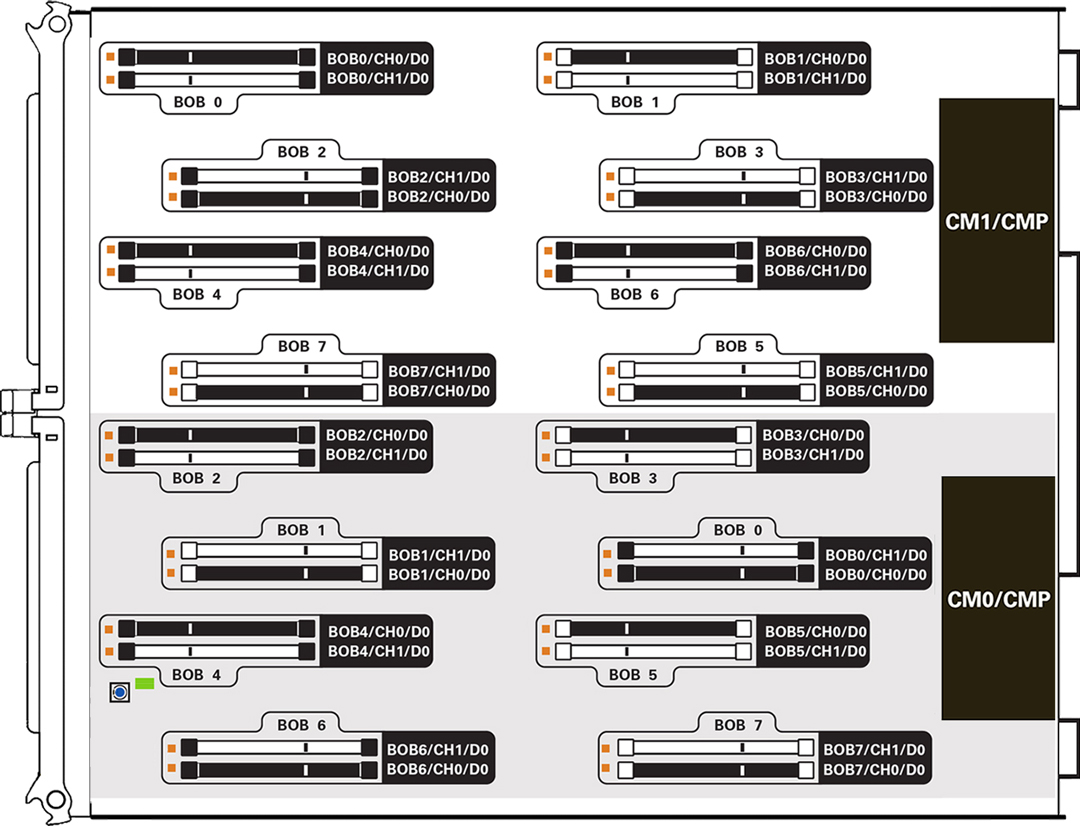DIMM Configuration
Consider these topics when installing, upgrading, or replacing DIMMs.
DIMM Guidelines
You must follow these guidelines:
-
Use either 16- or 32-Gbyte DDR3 DIMM capacity DIMMs.
-
Use Oracle qualified DIMMs.
-
Fully-populate (32 DIMMs) all processor modules.
 | Caution - If you ordered processor modules without memory to upgrade the server from a half-populated configuration to a fully-populated configuration, you must install the same type and size of DIMMs that are already in the existing processor modules. |
If you are reviewing this information because you are upgrading the server, return to Server Upgrade Process.
DIMM Rank Classification
Each DIMM includes a printed label identifying its rank classification (examples below). Use these rank classification labels to identify the architecture of the DIMMs installed in the server, or to verify the architecture of any replacment or upgrade DIMMs you intend to install.


The following table identifies the corresponding rank classification label shipped with each DIMM.
|
Note - All DIMMs related to each CMP must have identical rank classifications. For more information, see .
DIMM Locations
DIMM addresses, and consequently their NAC names, are based on their location on the processor module motherboard, as well as the slot in which the processor is installed. For example, the full address for the DIMM that is installed in the front-left corner of the processor module that is installed in slot 0 is:
/System/Memory/DIMMs/DIMM_0.
or
/SYS/PM0/CM1/CMP/BOB0/CH0/D0.
This illustration shows the DIMM layout.
